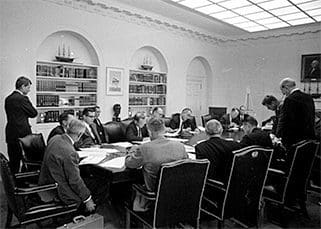
With so much emphasis placed on the three-part lesson, due largely to the National Strategy, it is tempting to follow that simplistic model at Key Stage 4. Many do, and feel triumphant when they manage to plan a good starter AND a plenary! I have often had teachers apologising to me because they haven’t managed to squeeze in a plenary (even though the lesson was outstanding without!).
This article challenges that over-simplification and offers a more flexible model that looks at how understanding is built up sequentially. It focuses far less on spurious timings, much more on stages of learning. It also addresses one of the KEY issues in GCSE history teaching , namely that too much time is spent gathering information and answering questions, creating a sort of orthodoxy that is beginning to harden.
To improve KS4 teaching without losing its rigour, we need to give students more scope







